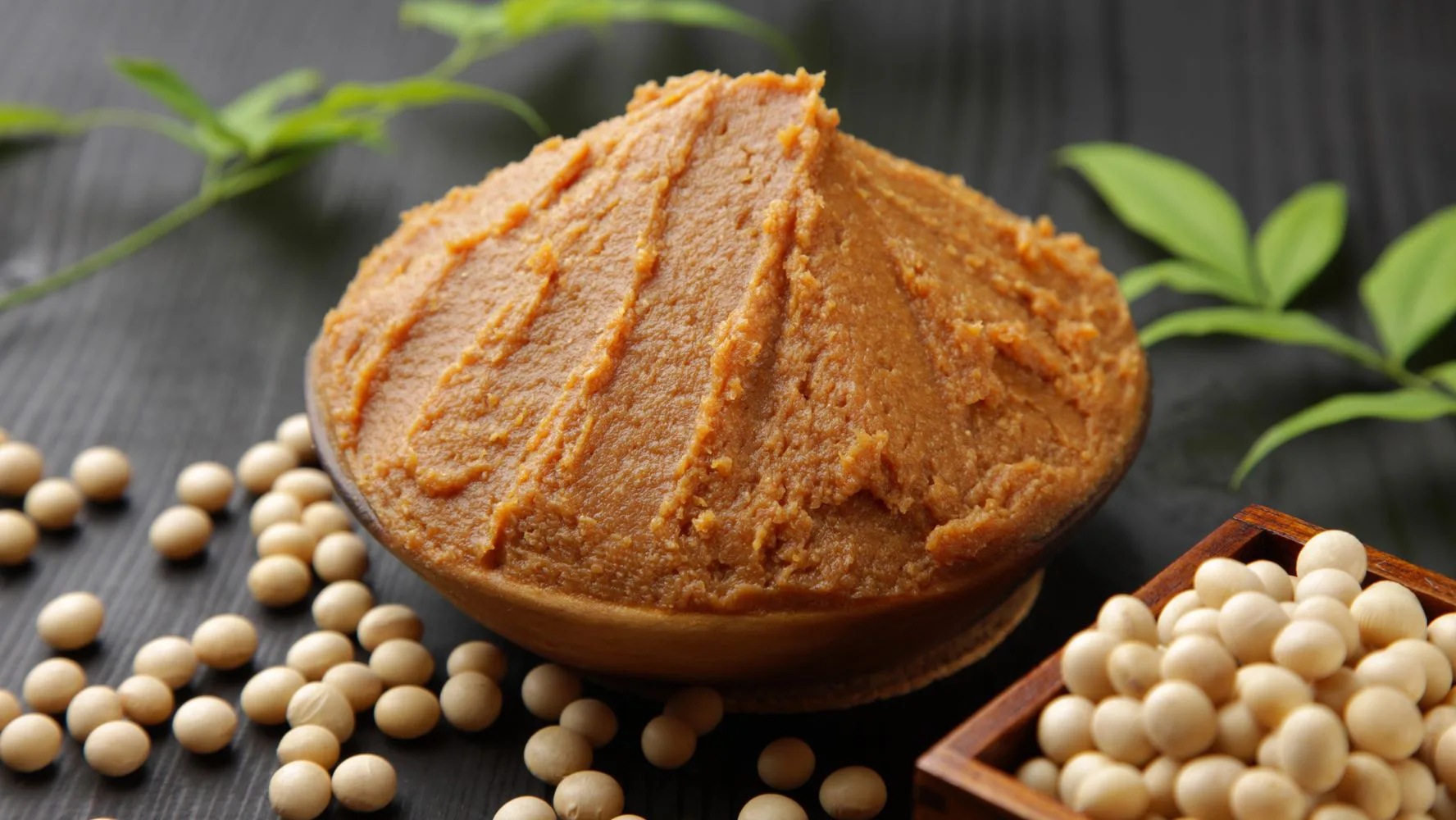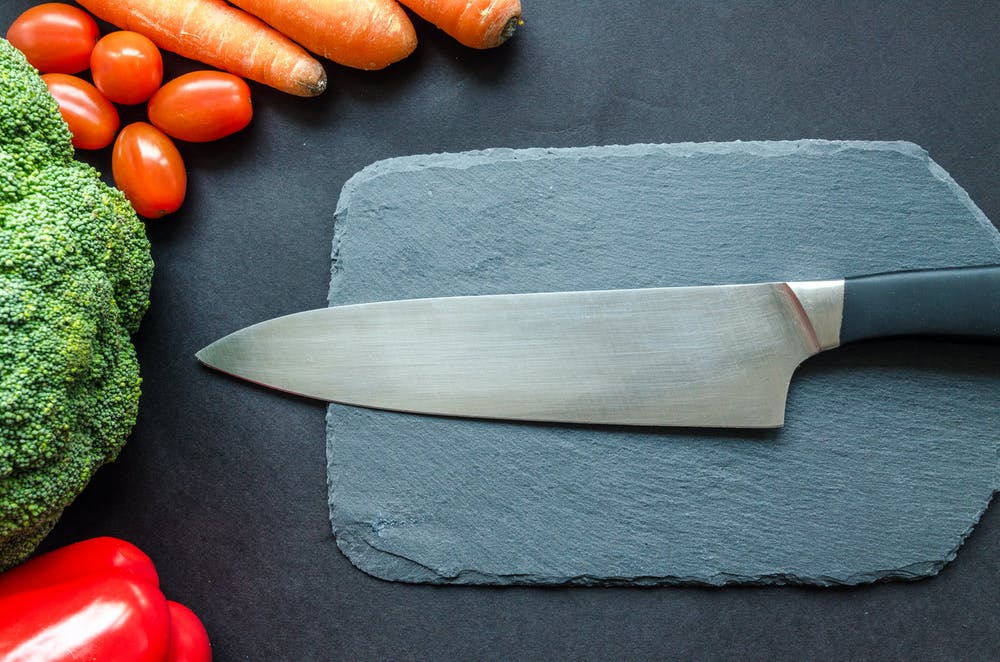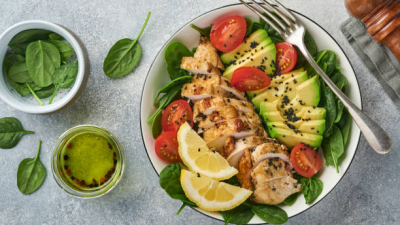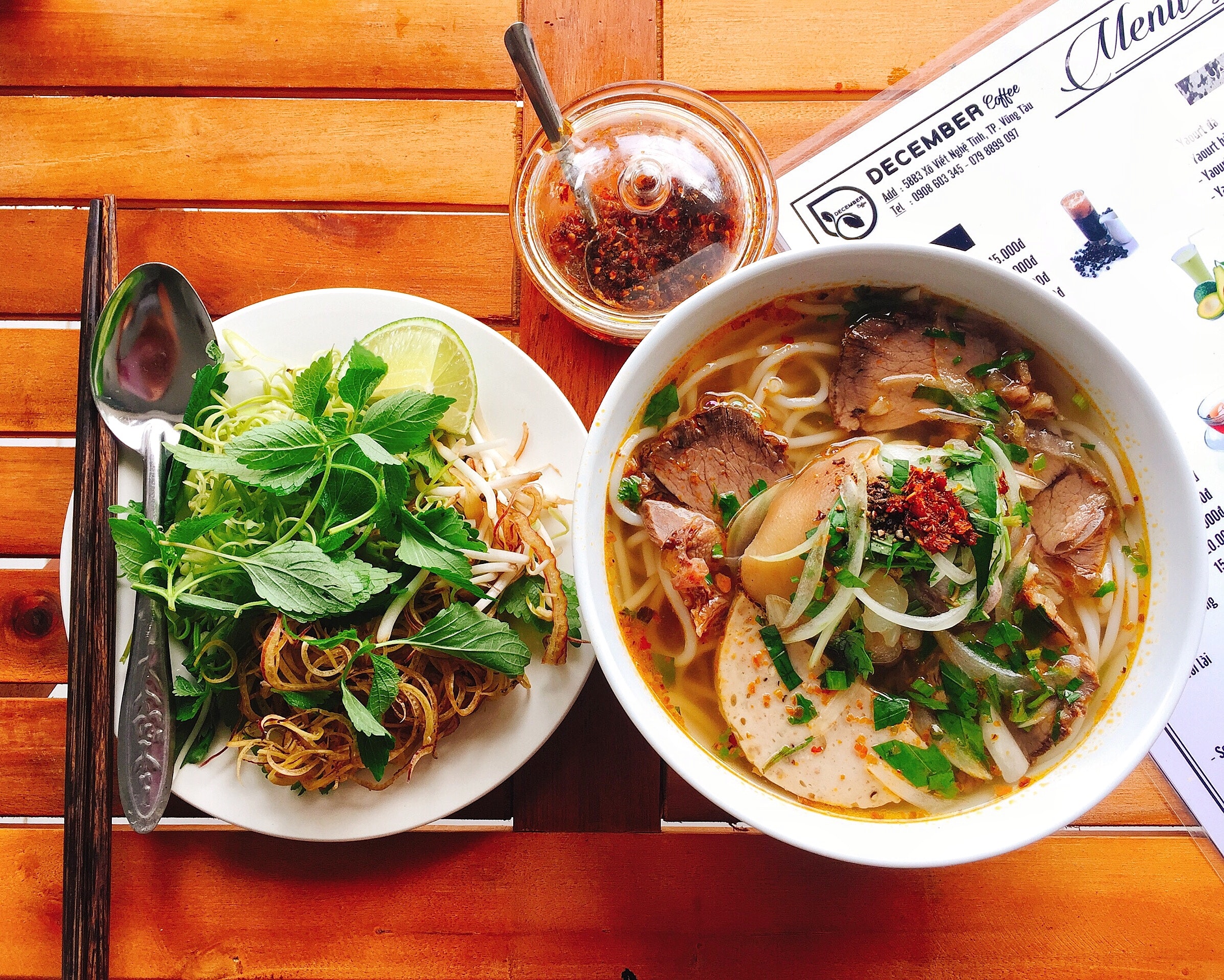The world is a vast and varied place, filled with an endless array of experiences. There’s much to see and do, from the most beautiful mountainscapes to the most delicious foods! We can expand our horizons by trying new foods and grocery items from other countries.
Paneer
Paneer is a fresh cheese that is common in Indian cuisine. You can make it with curdling milk with lemon juice or vinegar and then straining it to remove the whey (the watery part of the milk). The remaining curds are pressed to remove moisture and form blocks of paneer.
You’ll find paneer in dishes like palak paneer (spinach and cheese) and aloo matar (green peas with potatoes). Paneer has a mild flavour, so it absorbs other flavours well—for example, you can add herbs like cilantro to make your homemade chutney.
Saffron
Saffron is a spice that comes from the flower of the saffron crocus. The handpick flowers and then dry before selling. Saffron is expensive, but it’s worth it because a little goes a long way. You canuse it in many Indian and Spanish dishes to add colour, aroma, and flavour to food.
Kimchi
Kimchi is a fermented vegetable dish that’s popular in Korea and Japan. It’s made with napa cabbage, garlic, ginger and other spices. Kimchi has a spicy flavour from red chilli peppers, garlic and ginger.
Florentine Lace Cookies
Florentine Lace Cookies are another good choice for the foodie who wants to get a taste of another culture. This cookie is cover with almonds and sugar, making it perfect for dunking into your morning coffee or tea.
Florentine Lace Cookies are often served at weddings. If you’re looking for something as a wedding favour or even just as an addition to your dessert table (or maybe even as part of your wedding), keep these on the top of your list!
Miso Paste
Miso paste is a ferment soybean product that’s best mixing soybeans, salt and koji (a fungus). You can use it in Japanese cooking for soups and sauces. Miso paste has a salty, savoury taste and you can use to make miso soup.
Miso paste is often added to soup stocks or sauces because it has the ability to make dishes more flavorful. The amount of sodium in miso varies depending on how long it’s been age, but it usually contains about 6 grams per tablespoon.
Conclusion
We hope that this article has inspired you to try some of these grocery items. We know that it can be a little daunting at first, but with our tips on where to buy them and how to use them in recipes, we hope that you will find your way into these new flavours! Happy grocery shopping!















